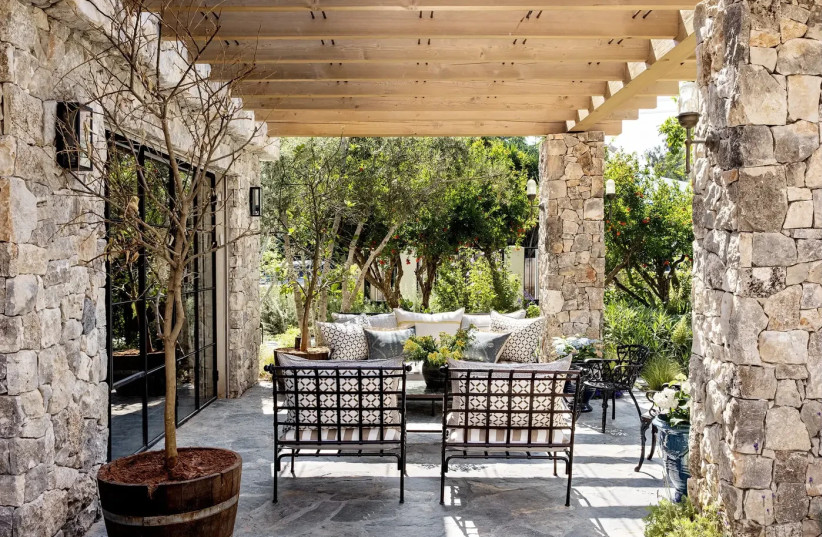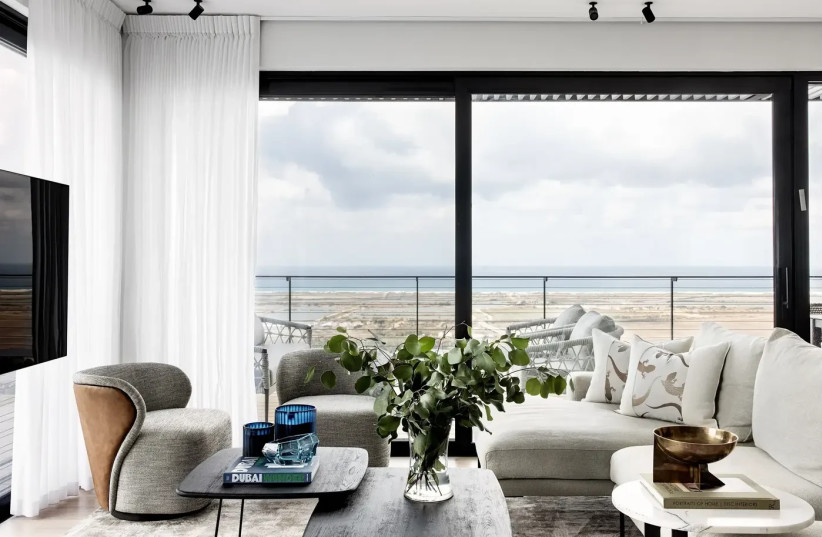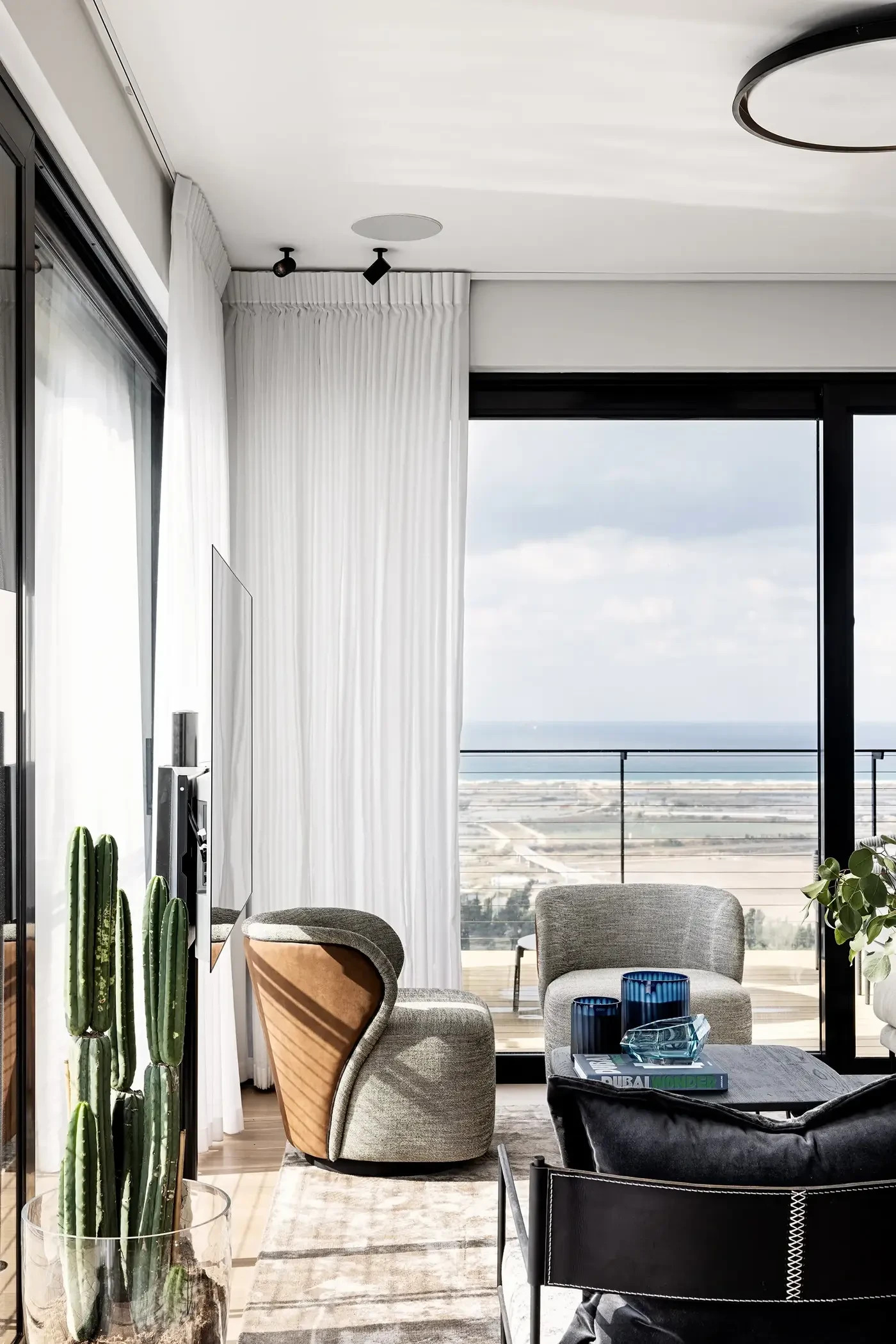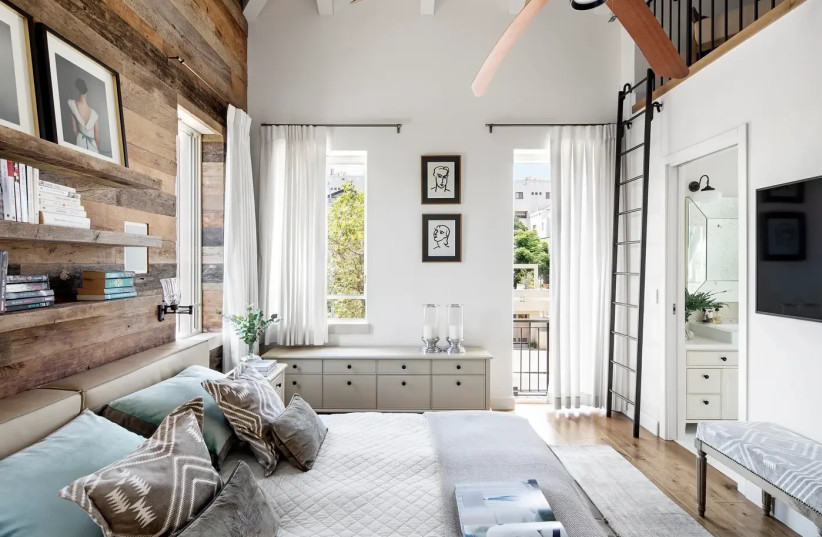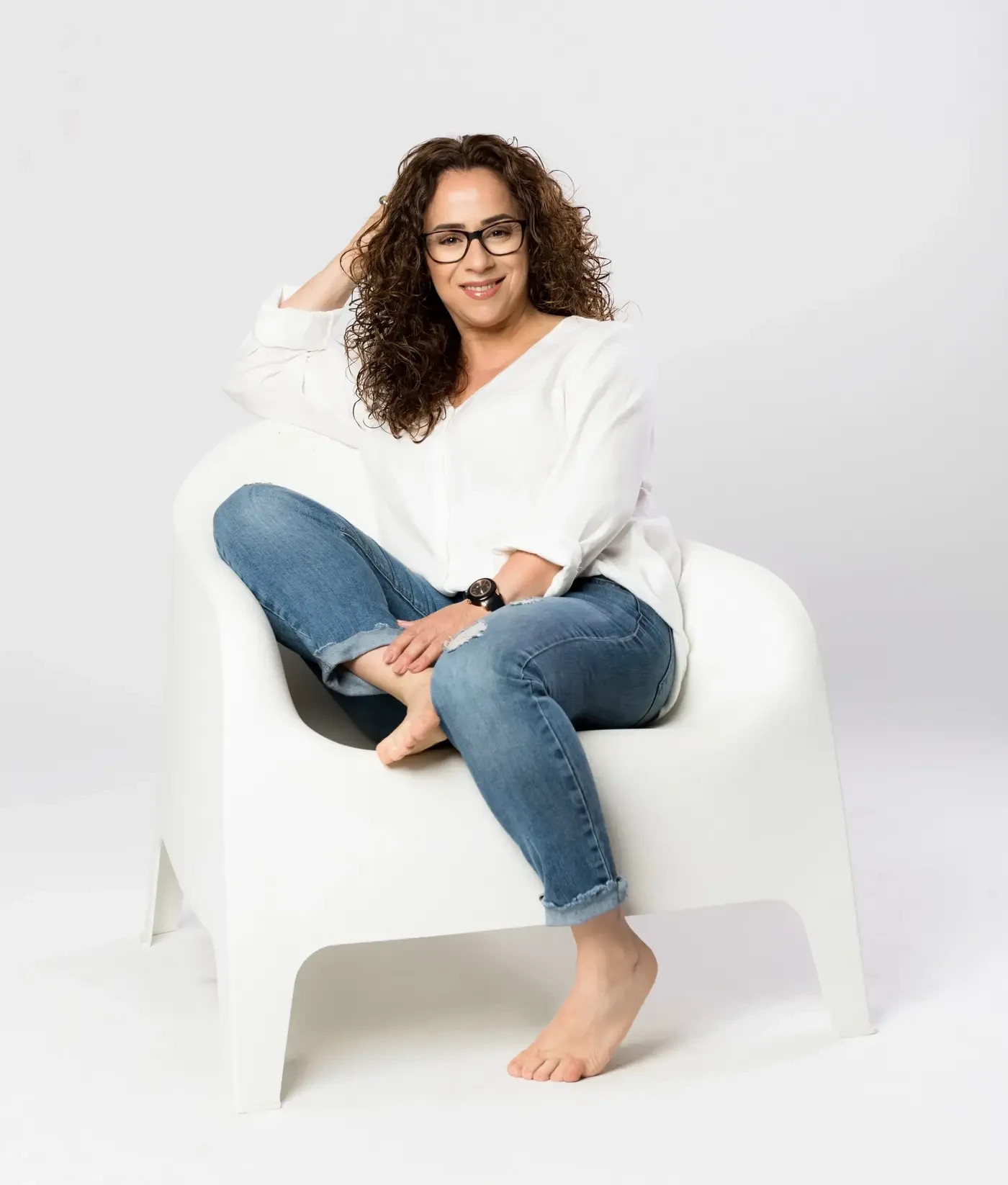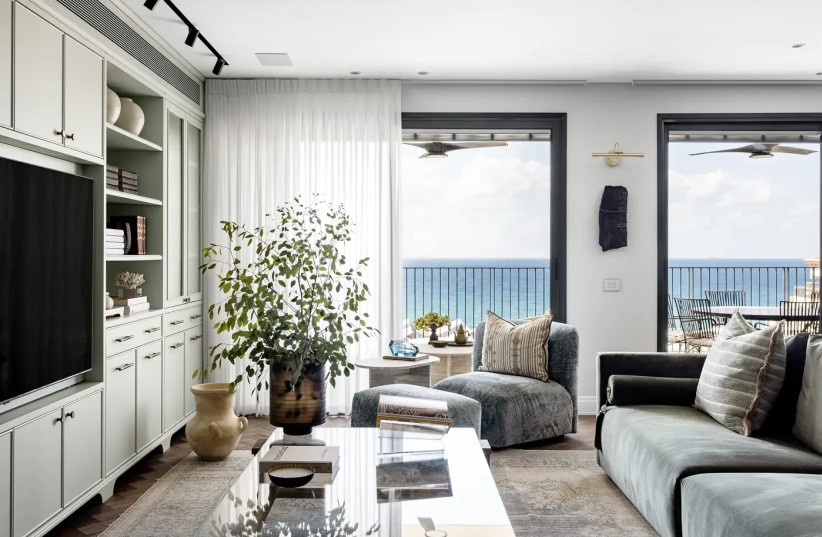The relentless series of events over recent months has prevented some of us from making dramatic changes to our homes. However, many are using this time to make adjustments and adaptations to create a more comforting and supportive environment. Numerous studies over the years have shown a direct correlation between quality design and the emotions we experience in our spaces. They demonstrate that haphazard design can affect our mental well-being just as processed food impacts our physical health. Therefore, it is no surprise that, particularly during this time, many have come to realize the importance of incorporating elements in our living spaces that precisely meet our desires and needs. When done correctly, these elements can comfort, foster growth, and even heal, influencing our mood, productivity, and familial and social interactions.
"Relaxing spaces are holistic, and as such, they must be meticulously planned and designed, considering all layers, levels, and systems," says interior designer Keren Niv-Toledano. "First, it's advisable to designate areas throughout the house for relaxation and gathering. This could be a family corner, alternative low seating areas inviting lounging, a play area for children, a study zone, a yoga and Pilates corner, or a lounging area – tailored to the lifestyles and needs of the family members."
"In the next stage, systems must be planned with care, as acoustics, air conditioning, sound, and even scents play a crucial role in creating the relaxing atmosphere we crave," adds Niv-Toledano. "The choice of furniture is also significant. To achieve the desired look, attention must be paid to the width and height of each piece, as these will affect not only the appearance but also how we experience the space when sitting or functioning within it."
According to Niv-Toledano, the material palette should be as soft as possible: "For example, fabrics and carpets made of cotton, boucle, silk, or velvet invite lounging, feel pleasant to the touch, and do not cause irritation. Additionally, art can add another layer of tranquility, as can curtains that create a soft movement in the space," she explains. "In terms of color, it's essential to avoid sharp contrasts so that the eye can read and perceive the space correctly. The recommendation is to create a neutral and light envelope, focusing on natural shades like linen and sand, combined with light woods. In the next stage, it's recommended to integrate items in pastel colors, which are not dominant or dramatic and blend well with the overall ensemble."


